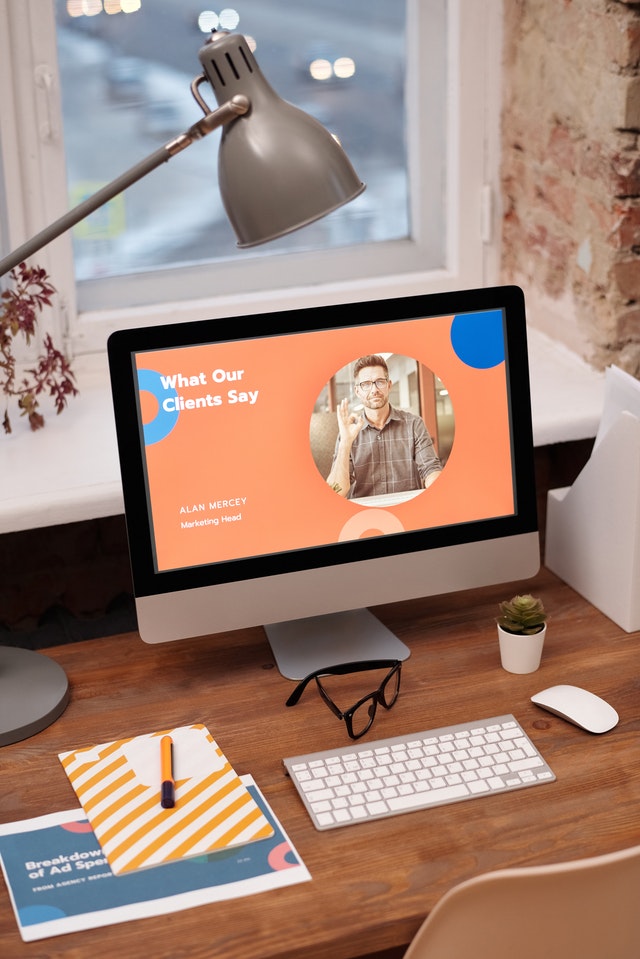Is it time to rebuild your website?
An online presence is more than simply a means of advertising your company’s offerings. This is a permanent shop window through which your core target demographics may be exposed to your brand around the clock. Your website is “always on,” meaning it must be successful at all times, whether a visitor is a new prospect, a customer contemplating a first purchase, or another key stakeholder. That’s why it’s crucial to keep your website under constant scrutiny to make sure it’s always effectively representing your brand.
A website’s effectiveness is affected by its front- and back-end components. When considering the prospect of a redesign, it’s crucial to give equal weight to both.
Copy, design, and other material that generates an engaging user experience and turns users and prospects into customers who make up the front end.
Your site’s “back end” is its underlying infrastructure. Improve your site’s SEO, keep your material fresh, and more with assistance.
This article will help you decide if a complete site redesign is necessary by discussing potential issues with your site’s front and back-end components. If you’re thinking of redesigning your website, these are five warning signals to look out for.
1. Your website is not helping you achieve your company’s goals.
What are you hoping to achieve with this website?
Among many other things, a website may serve as a platform for direct sales to visitors or as a resource for customers to learn more about your company and its products. Before considering factors like usefulness and aesthetics, you should always establish and prioritize your company goals. A company focusing on direct consumer sales of a commodity product will require a different web design than a non-profit trying to increase member participation.
Your website’s ROI will fall short of expectations if it isn’t built with your business objectives in mind.
Your website is out of sync with your company goals if it isn’t generating any (or enough) income, if it doesn’t rank well in search engines, or if the content doesn’t match your current products or value propositions.
2. Your bounce rates are high, and your conversion rates are poor.
The problem with your website is the high bounce rates and low conversions. Though, let’s begin with the most basic question.
Why are things like bounce and conversion rates important, and what are they?
In order to provide the immersive and engaging experience you want for your visitors, we employ several measures to assess how well your site is doing. When a person visits your website but only looks at one page before leaving, we call that a “bounce” because it’s probable they weren’t interested in your content or items enough to dig deeper. The user came in, checked you out, and then left. Perhaps indefinitely.
When visitors to your website perform the action you want them to do, you’ve achieved a conversion. It’s the opposite of a bounce, yet just as desirable. A conversion on a software-as-a-service website would most likely be submitting a form to request a demo. Alternate kinds of conversion exist. They may be represented by someone subscribing to your newsletter or sharing one of your pages on social media. Insufficient user engagement and failure to elicit the appropriate actions from visitors indicate a low conversion rate.
Heatmapping is a must-have tool when it comes to gauging how interested people are in your website. A heatmap will display where people spend the most time on your website. If you’re having trouble keeping your visitors engaged, a heatmap can show you where they’re clicking away from your page. It’s a quick and easy way to see how well your CTAs, graphics, texts, and entire experience perform.
A user who stays on your site for longer and interacts more actively with it is more likely to buy something.
3. Your site loads slowly.
Nothing is more annoying as a user than a slow-loading website. The quality of a website’s experience, design, or content typically won’t be enough to keep users hanging around if the site loads too slowly. It’s been found by Google’s studies show that if a website takes longer than three seconds to load, over 53 percent of visitors will abandon it.
Inadequate development (building) or an increase in traffic that has overstressed or overloaded the site’s infrastructure on the back end are both possible causes of a delayed load time.
Despite your best efforts from a strategic and creative standpoint, your website’s performance may not be as good as it might be. You’ve probably put in a lot of effort to have the pages take too long to load, resulting in less-than-ideal outcomes.
If your page takes too long to load, you might wish your search engine rankings goodbye. SEO is crucial if you want customers to locate your business online, increase your organic traffic, and cement your position as an industry leader.
4. Your site is not mobile-friendly or responsive.
Research conducted in 2021 indicates that mobile devices now account for 54.4% of all internet traffic worldwide. It would help if you put mobile above (or at least equal to) desktop in terms of importance. It’s unnecessary to have a complicated workflow or a new layout for this. In reality, building solely mobile website designs is a thing of the past.
Here’s when the idea of responsive web design comes in handy.
Responsive web design eliminates the need for separate website desktop and mobile versions by adapting the layout and content to the viewing device.
The transition is transparent to the user. With responsive web design, people may have a fantastic visit regardless of their device.
5. Your website’s design is out of date.
A website’s aesthetic appeal is just as important as its functionality. In general, customers judge a business by the caliber of its products and services, which is why a slick website is so important.
For this reason, a website should not consist entirely of text, a few links, and a few images that are too small for their context. When designing your site, remember that a user’s initial impression will be visual.
Think about how up-to-date and stylish your rivals’ websites look compared to your own. When working with customers, we constantly remember this factor. From a diagrammatic standpoint, how does the competitive landscape look?
Web design standards are rising steadily higher. A user will always prefer a modern, well-designed website over a clunky, out-of-date one.
Conclusion
Talk to someone who can assist with a redesign if you have any of the issues described above.
It would help if you based your choice on the answers to these three crucial questions:
- Do visitors to my site have a positive experience that allows them to easily navigate my site and absorb my present messaging and positioning?
- In terms of functionality, how well does the site perform?
- Is it leading to profitable outcomes for the company?




